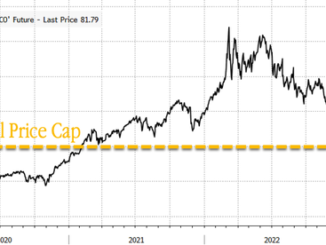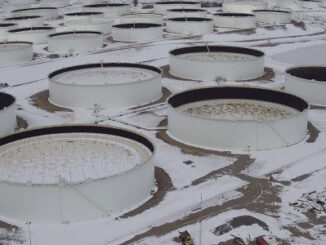
Whilst Europe is frantically diversifying the energy mix in an attempt to prevent blackouts this winter, how does the current situation affect the upstream industry in Russia?
We spoke to Konstantin Sobornov, who runs his own exploration company in Russia to discuss the current situation.
“There is definitely a shift in strategic planning when it comes to the upstream business,” Konstantin says. “Due to the dependency on access to an international market, foreign investment and technology, I see that the appetite to invest in remote areas such as the Arctic has come down.” “On the flip side, that means that interest in more mature areas with infrastructure in place has increased, as it is generally a little easier in terms of logistics and drilling to tap into new resources in these areas.”
But overall, with an internal market that does not need a lot more gas or oil, the outlook for export and hence investment has deteriorated. “The uncertainty in Russia is much greater than in most other places in the world right now,” Konstantin emphasises.
An industry in decline
“Generally speaking, the oil and gas industry in Russia is in decline,” Konstantin further explains. “Production is predominantly from fields that were found decades ago. Water-cut is increasing rapidly in these fields, which means that production is coming down. In that sense, the easy barrels have been produced, and more drilling will be needed to compensate for this loss of production.
Yet, Russia is still blessed with a high Reserves to Production ratio, which sits around 50 to 60. That is also the reason why especially the big companies have not really felt the need to start exploring. International Oil Companies generally have a Reserves to Production ratio of around 10, which makes it easier to understand why these companies have a much stronger incentive to keep their eyes on finding new drillable prospects.
Smaller companies
Due to the fact that the bigger players have traditionally not focused on exploration, there are relatively good opportunities for small companies to find the overlooked resources, Konstantin explains. “We are looking at volumes greater than 100 million barrels; for smaller volumes nobody will come out of bed,” he says.
With the help of new seismic acquisition technology, there really are opportunities in mature areas in Russia. For instance, carbonate reefs in the Volga Urals have often been missed by previously drilled wells, as well as stratigraphic traps in other basins. More complex geological settings at the flanks of well-established basins, such as fold belts and squeezed salt diapir terranes are also candidates for future exploration success.
READ ALSO: Russian Fold Belts: The Next Hot Play?
Not investing in gas
In light of the current situation, any exploration effort will more likely focus on oil than gas, for the simple reason that gas still depends on pipeline transport to a large extent, even though LNG terminals are increasingly being built.
Konstantin also sheds some light on possibilities to develop shale gas in Russia. “Even though there are lots of opportunities from a geological point of view,” he says, “the logistical and commercial terms are not supportive at all. While in the US the terrains where shale gas and shale oil are being developed are generally easily accessible, in Russia the terrain is a lot less friendly to any human intervention. This would require enormous investments, which does not justify the investment.
Based on these observations, the events as they have unfolded over the past year are likely to be detrimental to the Russian oil and gas industry in the long run. The risk profile of any development has increased dramatically and access to foreign capital as well as technology has dried up. This puts another view on the situation people have seen happening this year.



